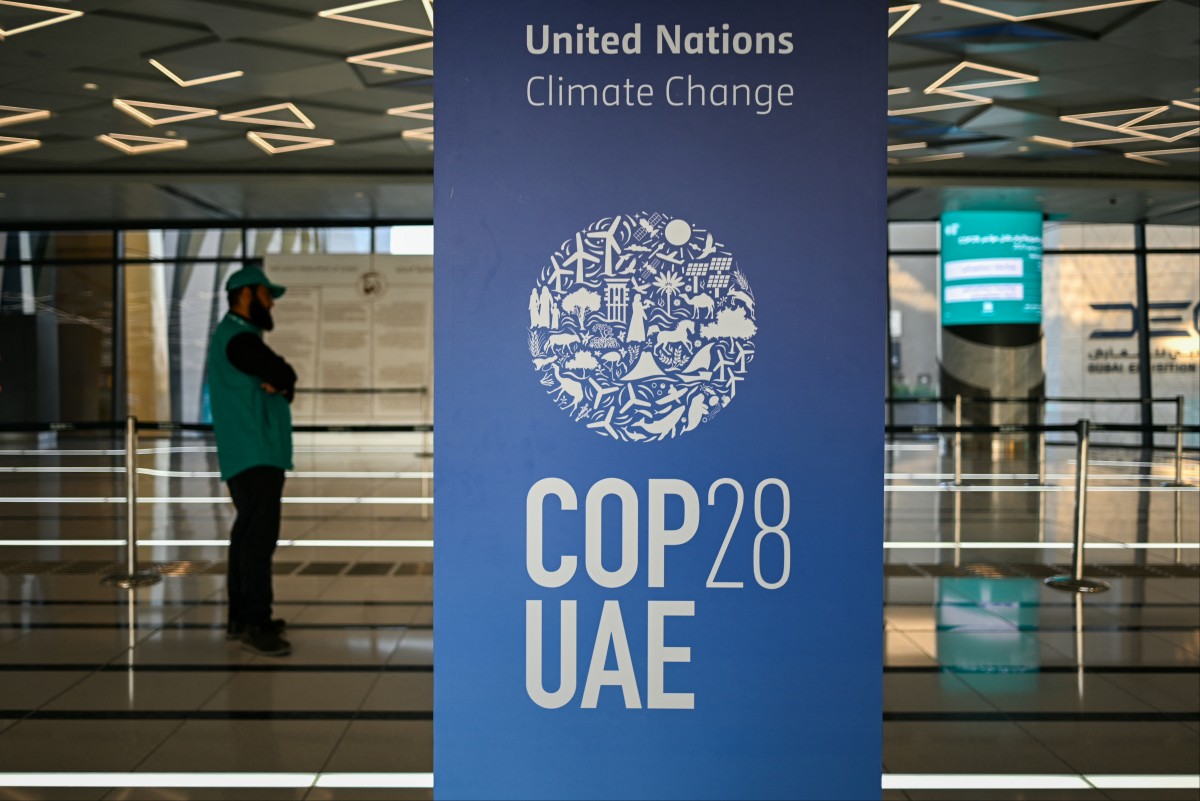
Close to $7 trillion is invested across the globe yearly to check negative impact on nature, the latest State of Finance for Nature report released yesterday at COP28 by the UN Environment Programme (UNEP) and partners showed.
The document found that in 2022, investments in nature-based solutions totalled $200 billion, while finance flows were more than 30 times larger.
It exposed a disturbing disparity between volumes of finance to nature-based solutions and nature-negative flows, underscoring urgency to address the interconnected crises of climate change, biodiversity loss and land degradation.
The findings were based on an analysis of global financial flows, revealing that private nature-negative finance flows amount to $5 trillion yearly, 140 times larger than the $35 billion of private investments in nature-based solutions.
The five industries channeling most of the negative financial flows – construction, electric utilities, real estate, oil and gas, and food and tobacco – represent 16 per cent of overall investments in the economy, with 43 per cent of nature-negative flows associated with the destruction of forests, wetlands and other natural habitats.
Government spending on environmentally harmful subsidies in four sectors – agriculture, fossil fuels, fishery and forestry – is estimated at $1.7 trillion in 2022.
The report identified a significant financing gap for nature-based solutions, with only $200 billion allocated in 2022, led by governments, who contributed 82 per cent ($165 billion), while private finance remained modest at $35 billion (18 per cent of total nature-based solutions finance flows).
To meet the RIO Convention targets on limiting climate change to 1.5C, as well as the Global Biodiversity Framework target to set aside 30 per cent of land and sea by 2030 and achieve land degradation neutrality, finance flows to nature-based solutions must almost triple from current levels ($200 billion) to $542 billion yearly by 2030 and quadruple to $737 billion by 2050.
Both public funding and private investments need to increase dramatically, in conjunction with re-alignment of finance flows that have a detrimental impact on nature. While public funding would continue to play a critical role, private finance could potentially increase its share of nature-based finance from 18 per cent to 33 per cent by 2050.
UNEP Executive Director, Inger Andersen, observed: “Nature-based solutions are dramatically underfunded. Yearly, nature-negative investments are over 30 times larger than financing for nature-based solutions that promote a stable climate and healthy land nature. To have any chance of meeting the sustainable development goals, these numbers must be flipped – with true custodians of the land, among the chief beneficiaries.”






